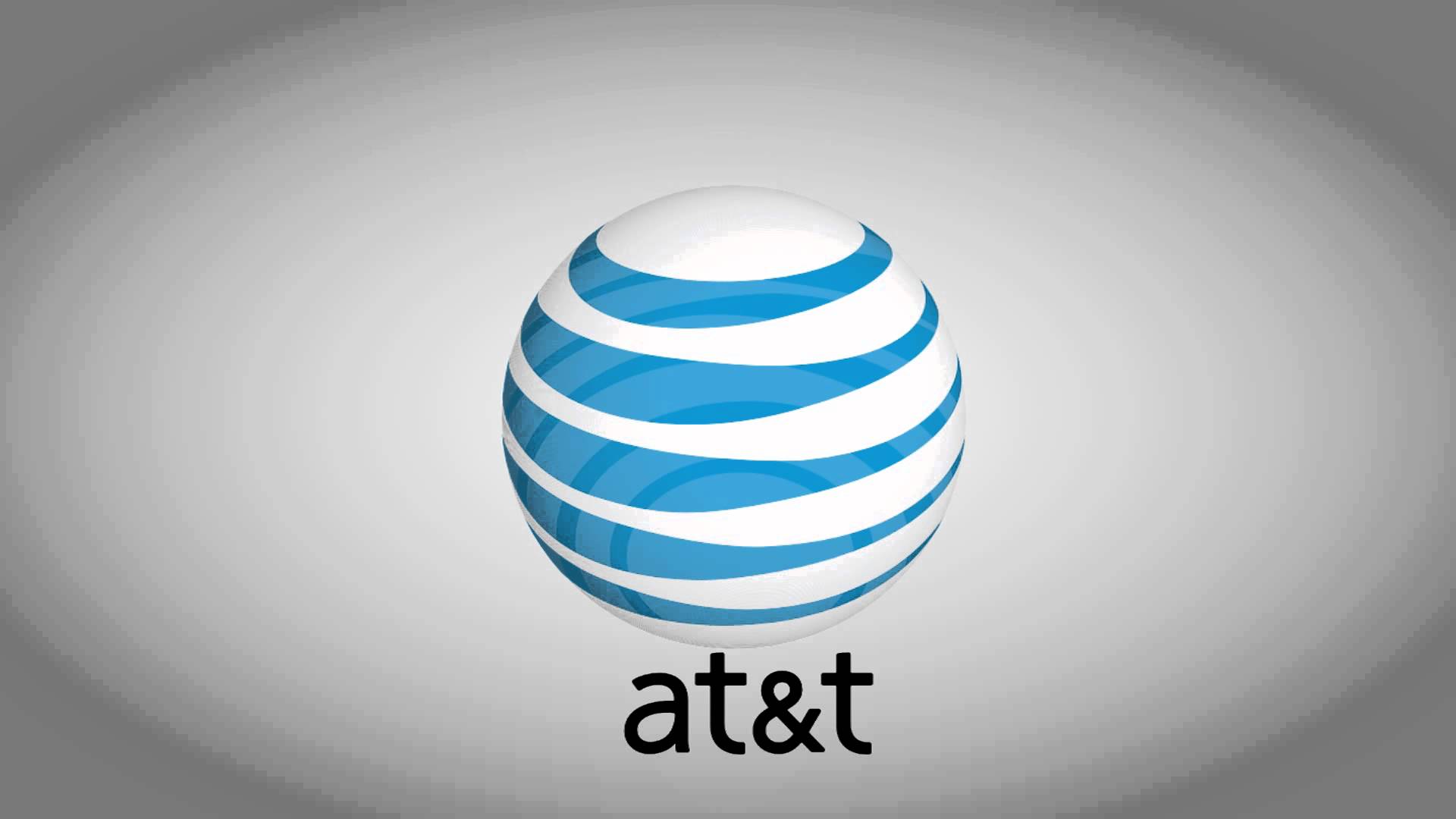Dividend Value Builder Newsletter
- Discover, Compare, and Evaluate Stocks Without Emotional Bias -
(Intrinsic Value Analysis For Over 300 Stocks)
AT&T (T) Stock Analysis

AT&T Dividend
Current Dividend Annualized: $1.11
The AT&T (T) dividend has been paid every year since 1881. The company reduced its dividend after the merger/spinoff of Warner Bros. Discovery. This leaves AT&T is a much better position; now able to focus on its core communication business, specifically 5G and fiber.
Why you might want to own the company:
AT&T may appeal to income-focused investors with its a vast infrastructure network and one of the largest wireless subscriber bases in the U.S. Its scale provides operating leverage, while its’ fiber and 5G investments position the company to meet growing data demands. The company generates strong and consistent cash flow which supports its dividend and ongoing capital investments.
Is the stock price a Buy, Sell, or Hold?
AT&T (T) Intrinsic Value – Margin of Safety Analysis
(updated November 2025)
Earnings Per Share Normalized Diluted (TTM): $3.07
Free Cash Flow Per Share (TTM): $2.77
Cash Flow From Operations (CFO) Per Share (TTM): $5.67
Estimated Intrinsic Value: $28
Target Buy Price Based on Required Margin of Safety = $20
(Required Margin of Safety Based On Risk Stability Grade:
A = 0%, B = 20%, C = 40%, D = 60%, F = 80%)
Target SELL Price Based on Estimated Intrinsic Value = $32
(Allow Overvaluation Adjusted by Risk Stability Grade:
A = 40%, B = 25%, C = 15%, D = 5%, F = 0%)
Risk / Stability Grade: C
A grade indicates a quality company with a strong balance sheet, high earnings quality, and a positive business environment. These stocks require the slimmest margin of safety within the stock universe.
B grade indicates a company with a good balance sheet, good earning quality, and a stable business environment. The margin of safety required should be greater than stocks with an A grade but less than the average stock.
C grade indicates a company with a sufficient balance sheet, at least average earnings quality, and a reasonably stable business environment. The margin of safety required is greater than A & B stocks, but less than D & F stocks.
D grade indicates a company in good standing but has issues that could affect its stability and long term risks. D rated stocks should require a large margin of safety when purchased.
F grade indicates a company with significant issues that are currently affecting its stability and long term risks. Require an extremely large margin of safety for F rated stocks when purchased.
Financial Risk Grade: C
A grade indicates an extremely low probability of a dividend cut. This rating is reserved for companies with strong balance sheets and/or excellent dividend histories.
B grade indicates a very low probability for a dividend cut.
C grade indicates a low probability for a dividend cut and/or average safety risk.
D grade indicates there are issues that should be considered concerning future dividend payments.
F grade indicates serious dividend safety risks. Investors should complete comprehensive due diligence before investing.
Business Quality Grade: C
A grade indicates earnings quality is high or far above average.
B grade indicates earnings quality is good and/or above average.
C grade indicates earnings quality is acceptable or average.
D grade indicates earnings quality is poor and requires thoughtful due diligence.
F grade indicates the quality of the earnings is poor or far below average requiring serious due diligence.
Earnings Report: 9/30/25
AAAMP Portfolios Position Disclosures:
Treasure Trove Dividend (TTD) – None
Global Dividend Value (GDV) – None
Dividend Growth & Income (DGI) – None
Global Value (GV) – None
Global Value Aggressive (GVA) – None
Global Conservative Income (GCI) – None
Global High Income (GHI) – None
Company Description
Sector: Communication Services
Industry: Telecom Services
Company Overview:
AT&T Inc. (NYSE: T) is one of the largest telecommunications companies in the United States, providing wireless, broadband, and fiber internet services. It operates a vast network infrastructure, serving both consumer and business customers. After divesting its media assets, AT&T has refocused on its core telecom operations, particularly expanding its 5G and fiber networks to enhance connectivity and customer experience.
Company Strengths:
AT&T benefits from a strong brand presence, an extensive wireless and fiber network, and a large subscriber base. Its investments in 5G and broadband expansion position it for future growth, while its recurring revenue model provides financial stability. The company’s strategic focus on cost-cutting and debt reduction has also improved its financial outlook.
Company Challenges:
AT&T faces intense competition from Verizon and T-Mobile in the wireless space, as well as from cable providers in the broadband market. The company is also managing a high debt load from past acquisitions, which limits financial flexibility. Additionally, shifting consumer preferences, regulatory scrutiny, and the capital-intensive nature of telecom infrastructure pose ongoing challenges.
.
Minimize Large Portfolio Drawdowns
Invest With Confidence In Less Time - Manage Your Portfolio Without Behavioral Errors
Dividend Value Builder Newsletter Membership (24 Issues) - $129/Yr.
Disclaimer:
While Arbor Investment Planner has used reasonable efforts to obtain information from reliable sources, we make no representations or warranties as to the accuracy, reliability, or completeness of third-party information presented herein. The sole purpose of this analysis is information. Nothing presented herein is, or is intended to constitute investment advice. Consult your financial advisor before making investment decisions.
